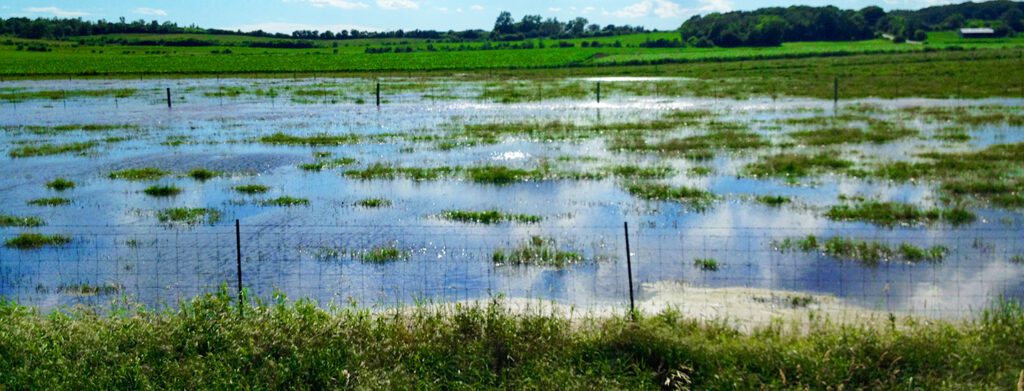
It is perhaps timely that after a very wet winter we should have a decision of the Upper Tribunal (Lands Chamber) relating to a claim for compensation for damage caused by pumping flood water. It is also a depressing reminder of the time it can take to resolve such claims.
In the winter of 2012/13 the village of Burton Fleming near Driffield was flooded. The East Riding of Yorkshire Council, after liaising with the Environment Agency (EA) pumped water away from residential properties in the village, into a water course. Further down the stream the water course burst its banks onto land where a family farming company was growing carrots.
Part of the crop was lost. The company bought a claim against the Council under section 14(A)(11) of the Land Drainage Act 1991.
The compensation claimed was small. This was much more of a test case and when the Tribunal decided it at the start of this year there were already a number of similar claims for crop losses caused by pumping waiting in the wings. The further downpours will mean many more claims to come.
The EA’s power to pump water stems from section 165 of the Water Resources Act 1991. They can carry out flood management risk work (which would include pumping) to reduce water levels. They can do so if they consider it desirable, having regard to national flooding and coastal risk management strategies.
A local authority also has powers to carry out flood risk management work under section 14 of the Land Drainage Act 1991. It can do so if it:
A claim for compensation can be brought if injury has been caused which, if it were not for the statute, would allow a claim for damages. In this case, the pumping of water and resulting flooding would have resulted in a claim for damages for trespass and/or nuisance.
It must have been hugely frustrating for the company that the case centred on who had been responsible for the pumping – was it the EA or the Council? The Council denied they had been responsible for the pumping saying that they had only been responsible for co-ordinating the multi-agency response. However, the Tribunal held that despite the EA’s involvement, the Council were responsible for the pumping works.
If flooding is becoming a more common occurrence, it is likely that the local authorities and the EA will be better equipped and acquainted with the legislation so there is less confusion for farmers as to what powers are being exercised and by whom. However, if flooding farm land is to become the standard response for flood management then clarity is needed so that farmers can make quick claims for compensation rather than waiting three years for cases to be resolved.
For more information please contact Vivienne Williams, Partner at vivienne.williams@michelmores.com or 0117 906 9302